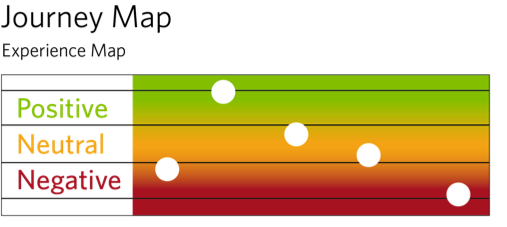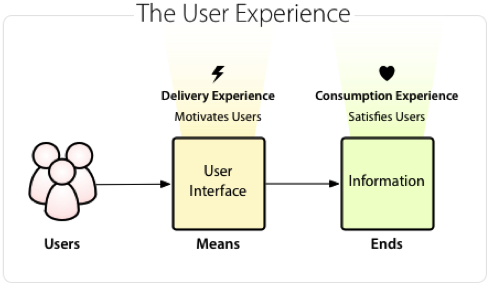Early adopters can teach us a lot about the usability of a new technology system. We can collect detailed feedback on user experience (UX) by utilizing Design Thinking techniques — in particular Journey Mapping — to ensure authentic and targeted responses which give us insight into the ways in which the UX can be improved.
Early Experience
Journey mapping starts by mapping out every step of the early adopters’ experience from beginning to end. The early adopter details how he or she “felt” about each step, both positive and negative. We then identify the top positive and negative experiences.
Digging Deeper
By asking detailed questions about why users felt the way they did at precise points in the UX, it becomes clear which aspects of the system should be kept, and which aspects need to be improved upon before roll-out.
We analyze the map for trends and categories of users (for personalization), illuminating a path forward for user adoption roll-out in a more comprehensive, empathetic, and systematic manner.

Sticking with the System
Early adopters train future users (typically five colleagues each) in a cooperative exploration of the system focused on specific, individual curiosities. This type of work de-emphasizes commonly used methods (such as standardized training and user guides) in exchange for more meaningful usage by the employee. Each of those newly-trained colleagues then trains another five colleagues, and so on, creating an exponential adoption of the system across the organization.
Using Journey Mapping to understand the UX leads to a much better system with more people happily using it.

Leave a Reply
The comments are closed.